Succulents have become incredibly popular in recent years, and it’s not hard to see why. These unique plants come in a wide variety of shapes, sizes, and colors, making them a favorite among plant enthusiasts and interior decorators alike. In addition to their aesthetic appeal, succulents are also known for their ability to thrive in dry conditions and their low-maintenance nature.
One of the key factors that sets succulents apart from other plants is their ability to store water in their leaves, stems, and roots. This adaptation allows them to survive in arid environments where water is scarce. However, it also means that they have unique needs when it comes to watering. Succulents prefer well-draining soil that allows excess water to escape quickly, as they are prone to root rot if they sit in waterlogged soil for too long.

Overwatering: The Most Common Cause of Succulent Death
Overwatering is the most common cause of succulent death and is often the result of good intentions gone wrong. Many people mistakenly believe that succulents need frequent watering because they associate them with desert plants. However, this couldn’t be further from the truth. In fact, overwatering is one of the quickest ways to kill a succulent.
When succulents are overwatered, their roots become waterlogged and can’t access the oxygen they need to survive. This leads to root rot, which is a fungal infection that causes the roots to decay. Signs of overwatering include yellowing or wilting leaves, mushy or blackened roots, and a foul smell coming from the soil.
To avoid overwatering your succulents, it’s important to understand their watering needs. Succulents should only be watered when the soil is completely dry, which usually means once every 1-2 weeks, depending on the climate and the specific needs of the plant. When watering, it’s best to thoroughly soak the soil and then allow it to dry out completely before watering again.
Underwatering: Signs of Dehydration and How to Revive Your Succulent
While overwatering is a common problem, underwatering can also be detrimental to succulents. When succulents don’t receive enough water, they can become dehydrated and start to wilt. Signs of dehydration include shriveled leaves, a wrinkled appearance, and a dull or pale color.
To revive a dehydrated succulent, it’s important to water it thoroughly and then allow the soil to dry out completely before watering again. This will help rehydrate the plant without causing root rot. It’s also a good idea to mist the leaves with water to increase humidity and prevent further dehydration.
Improper Soil: Understanding the Importance of Well-Draining Soil
Choosing the right soil is crucial for the health and well-being of your succulents. Succulents require well-draining soil that allows excess water to escape quickly, as they are prone to root rot if they sit in waterlogged soil for too long. The ideal soil for succulents is a mix of potting soil, perlite, and sand, which provides good drainage while still retaining some moisture.
When creating well-draining soil for your succulents, it’s important to avoid using regular garden soil or heavy clay-based soils, as these can retain too much moisture and lead to root rot. It’s also a good idea to add organic matter, such as compost or peat moss, to improve the soil’s fertility and water-holding capacity.
Lack of Sunlight: How Much Light Do Succulents Need to Thrive?
Succulents are sun-loving plants that require bright light to thrive. In their natural habitat, succulents are exposed to long hours of direct sunlight, so it’s important to provide them with as much light as possible when growing them indoors. However, it’s also important to strike a balance, as too much or too little sunlight can be detrimental to their health.
Signs of too much sunlight include sunburned leaves, which appear brown or yellow and may have a bleached or translucent appearance. On the other hand, signs of too little sunlight include elongated stems and pale or stretched-out leaves. To provide the right amount of sunlight for your succulents, it’s best to place them in a bright location near a window that receives indirect sunlight for most of the day.
Pests and Diseases: Identifying and Treating Common Succulent Issues
Like all plants, succulents are susceptible to pests and diseases. Some of the most common pests that affect succulents include mealybugs, aphids, and spider mites. Signs of pest infestation include sticky residue on the leaves, webbing, and small insects crawling on the plant.
To treat pest infestations, it’s important to identify the specific pest and choose an appropriate treatment method. This may involve using insecticidal soap, neem oil, or a homemade solution such as a mixture of water and dish soap. It’s also important to isolate the affected plant to prevent the infestation from spreading to other plants.
Transplant Shock: How to Successfully Repot Your Succulent
Transplant shock is a common issue that occurs when a succulent is moved from one pot to another. This can cause stress to the plant and lead to wilting or even death if not properly managed. To avoid transplant shock, it’s important to take certain precautions when repotting your succulent.
Firstly, it’s important to choose the right time to repot your succulent. The best time to repot is during the spring or summer when the plant is actively growing. It’s also important to choose a pot that is slightly larger than the current one, as this will allow the roots to spread and grow. When repotting, it’s important to handle the plant with care and avoid damaging the roots. After repotting, it’s best to keep the plant in a shaded area for a few days to allow it to adjust to its new environment.
Fertilization: The Dos and Don’ts of Feeding Your Succulent
Fertilization is an important aspect of succulent care, as it provides essential nutrients that help the plants grow and thrive. However, it’s important to use the right type of fertilizer and apply it correctly to avoid causing harm to your succulents.
When choosing a fertilizer for your succulents, it’s best to use a balanced, water-soluble fertilizer that is specifically formulated for cacti and succulents. This type of fertilizer contains the right balance of nutrients that succulents need, including nitrogen, phosphorus, and potassium. It’s important to follow the instructions on the fertilizer package and apply it sparingly, as over-fertilizing can lead to nutrient burn and other issues.
Choosing the Right Pot: Size, Material, and Drainage Considerations
Choosing the right pot is an important consideration when growing succulents. The size of the pot should be proportionate to the size of the plant, allowing enough room for the roots to grow without being too cramped. It’s also important to choose a pot with good drainage holes, as succulents are prone to root rot if they sit in waterlogged soil for too long.
When it comes to material, terracotta pots are a popular choice for succulents because they are porous and allow excess moisture to evaporate. However, other materials such as ceramic or plastic can also be used as long as they have good drainage holes. It’s also a good idea to use a saucer or tray underneath the pot to catch any excess water and prevent it from sitting in the bottom of the pot.
Conclusion: Tips for Keeping Your Succulents Healthy and Happy
In conclusion, succulents are unique plants that require special care to thrive. By understanding their unique needs and taking the necessary precautions, you can keep your succulents healthy and happy for years to come.
Some additional tips for keeping your succulents healthy include propagating them to create new plants, as this can help prevent overcrowding and rejuvenate older plants. It’s also important to regularly inspect your succulents for signs of pests or diseases and take appropriate action if necessary. Finally, it’s important to provide your succulents with a well-balanced diet by fertilizing them sparingly with a suitable fertilizer.
By following these tips and providing your succulents with the right care, you can enjoy the beauty of these unique plants and watch them thrive in your home or garden.
Check out the article here for more information.








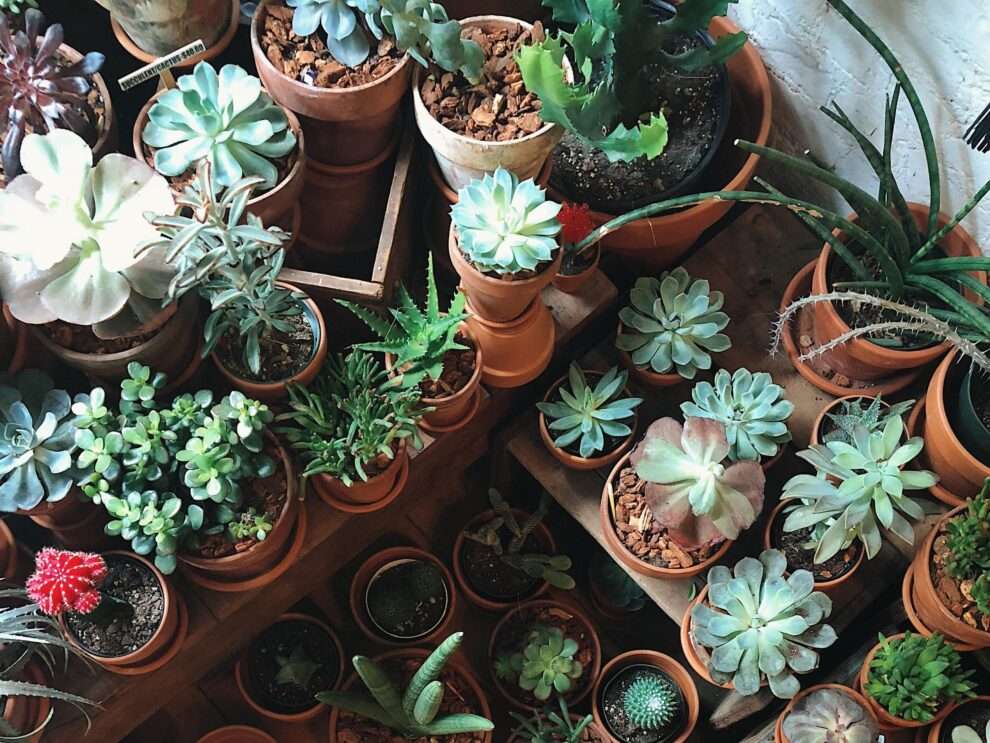
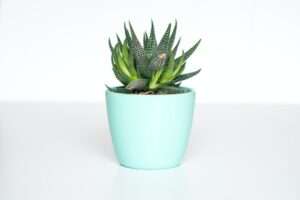
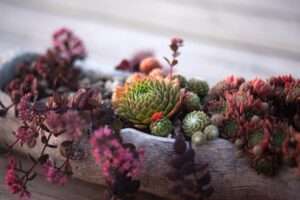



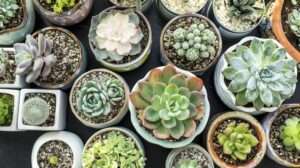
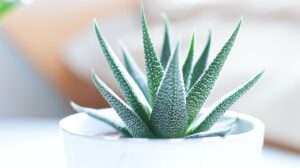

Add Comment